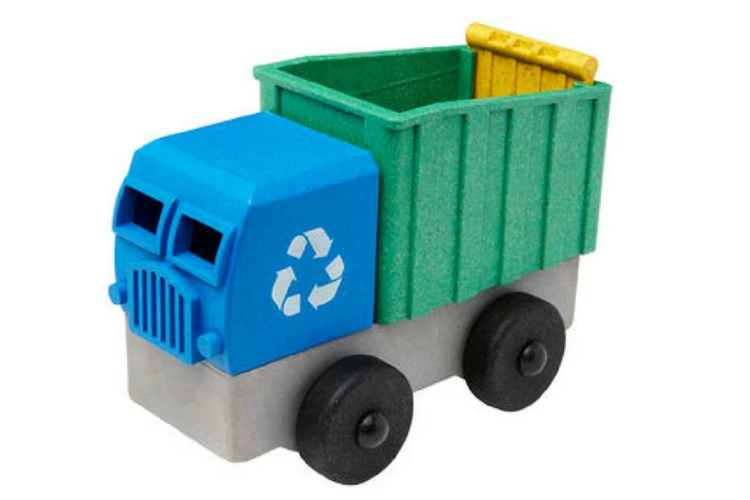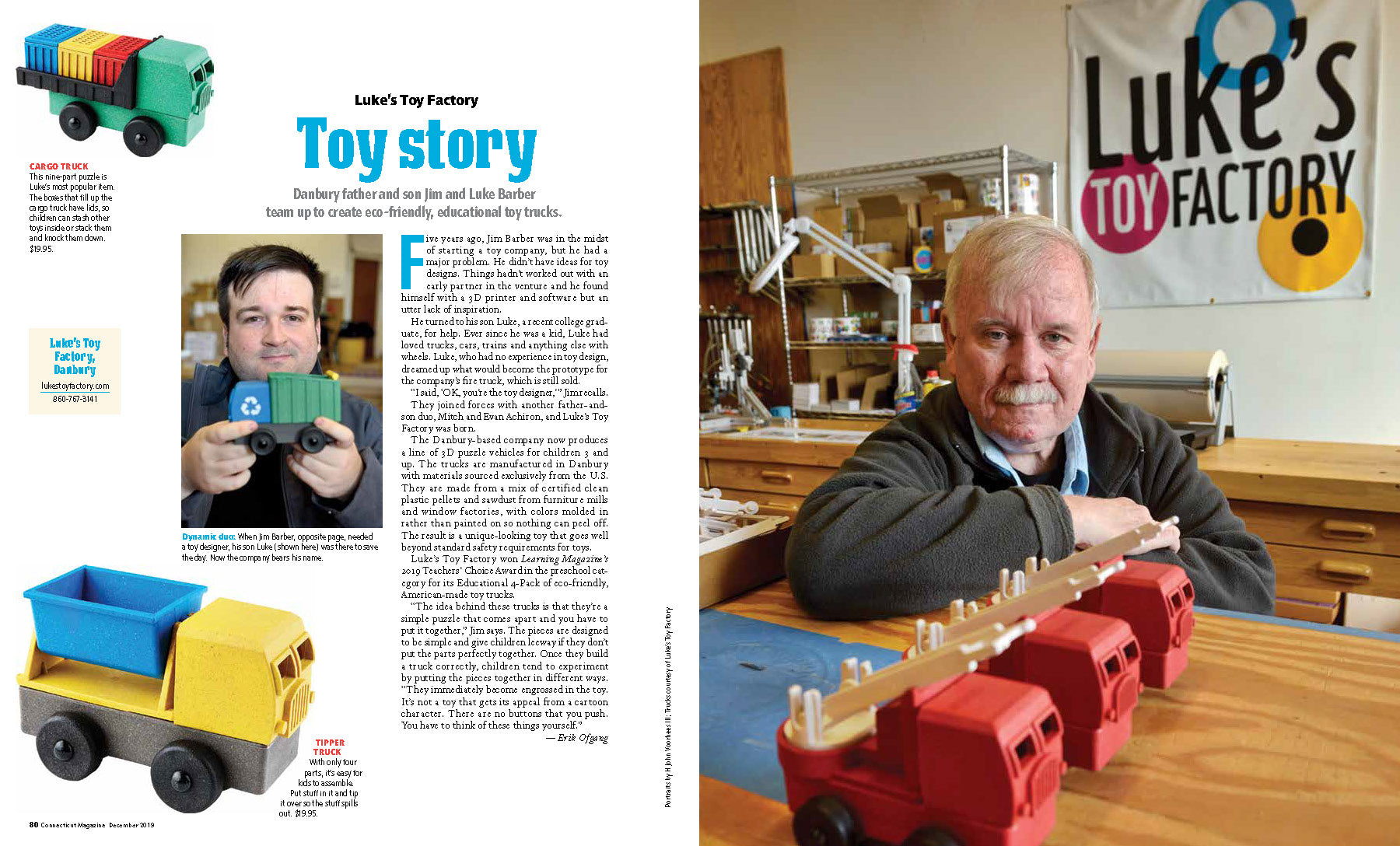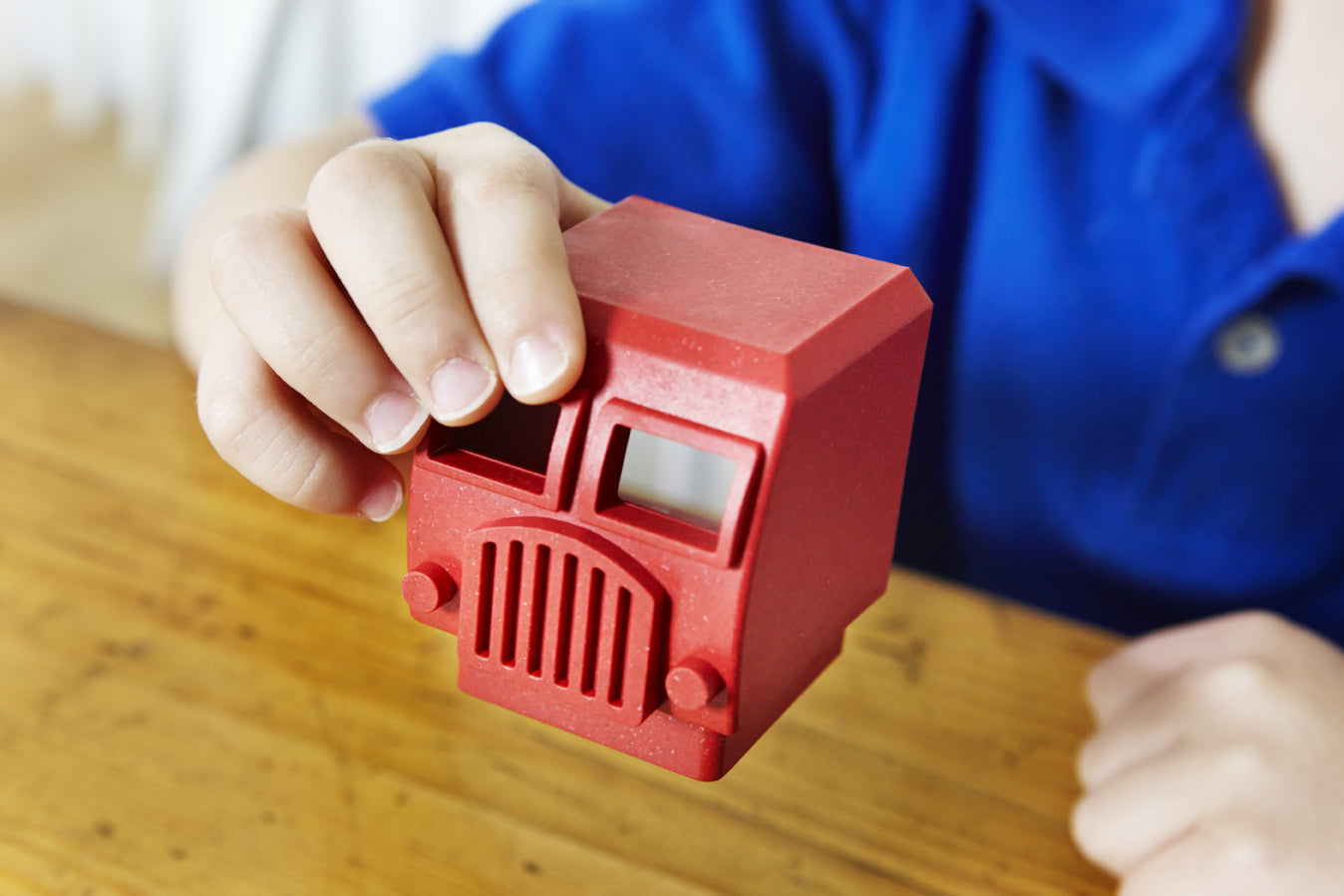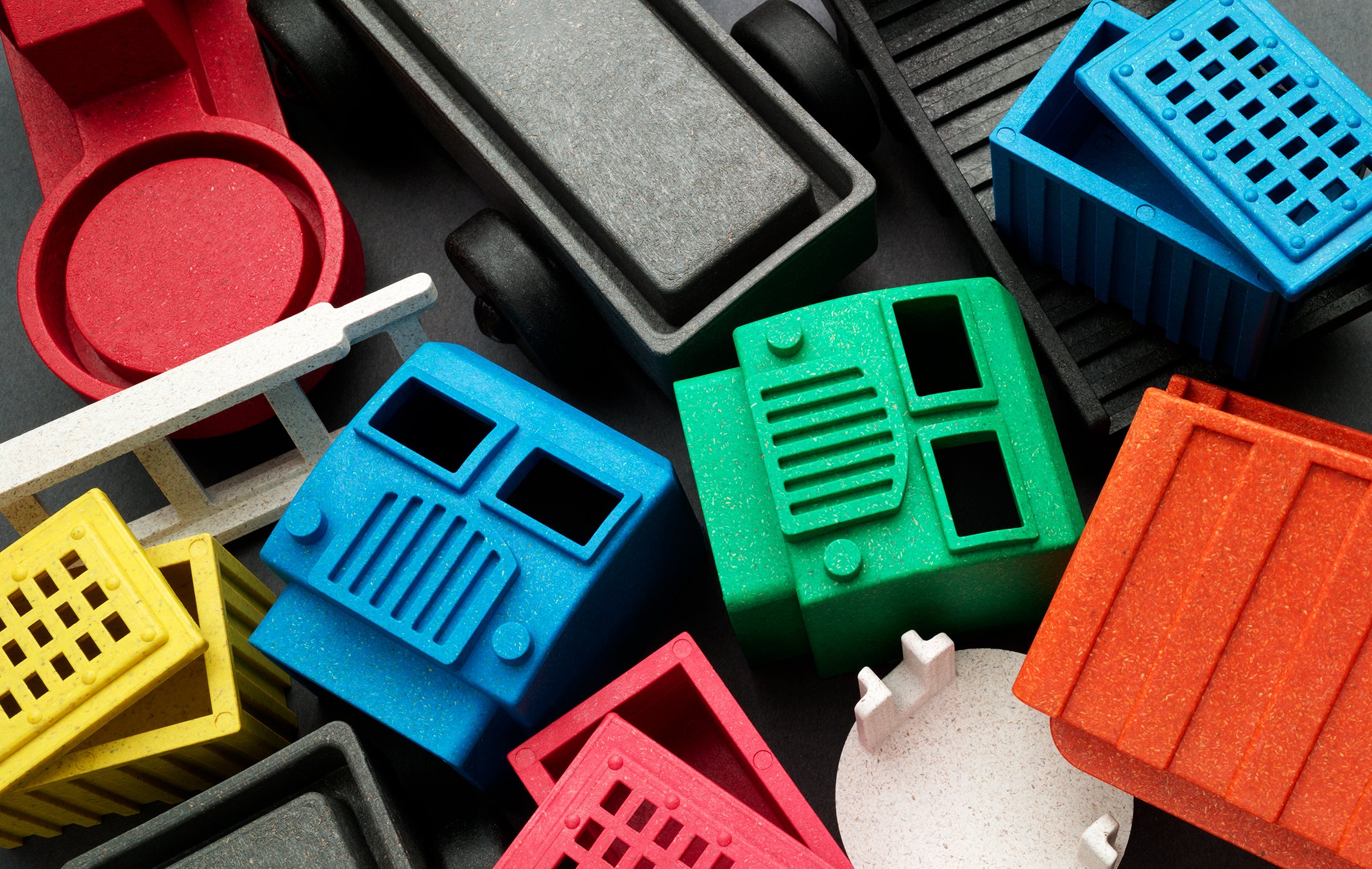Cashing in on Eco-Friendly Toys

Originally published by Thompson Insights on April 17, 2020
While schools are shut down amidst the COVID-19 pandemic, many parents are looking to keep their children entertained and educated with eco-friendly toys, games, and puzzles.
As we look back on our own childhoods, we recall our first ever set of building blocks, Lego bricks, and the free toy we collected with each McDonald’s Happy Meal — toys made of shiny, brightly colored, hard plastic. For our children, we are now looking for eco-friendly toys even if they come at an increased cost. A premium set of wooden building blocks could easily set you back $125.
Why the Push for Eco-friendly Toys?
Parents want to invest in eco-conscious toys because they are:
- Safer — many plastic toys use paints and finishes that have high lead content. In 2018, the U.S. Consumer Product Safety Commission recalled 30,000 lead-contaminated toys.
- Longer lasting — this balances out the higher cost of purchase.
- More likely to stimulate creativity — imaginative play fosters creativity.
- Recyclable or biodegradable — some eco-conscious toys use natural materials.
- Educational — teaching children about the importance of sustainability from day one.
Consequently, an increasing number of toymakers are committed to creating eco-friendly products, with a sustainable focus on product packaging and toy materials. For example:
- McDonald’s has pledged to make its Happy Meal toys plastic-free by 2021. Children will instead receive a soft toy, a paper-based toy, or a book.
- Innovative toymakers are designing products made of wood, bamboo, cardboard and sugar cane.
How Much Are Parents Willing to Pay?
U.S. parents spend an average of $306 on toys per child each year, with the toy industry’s market size reaching $20.91 billion in 2019.
More than 70% of shoppers claim they would alter their spending habits to support sustainable brands. By 2021 the spending on sustainable goods is expected to increase by $22 billion. Although plastic toys still account for 90% of the toy market, the demand for eco-friendly toys is increasing. UK retailer John Lewis, for example, reported a 21% increase in wooden toy sales in 2019, while at the New York Toy Fair earlier this year, sustainability was a hot topic.
Unsurprisingly, toymakers are eager to cash in on the shift in consumer behavior and hold onto their existing, eco-conscious customers.
Get to Know Eco-friendly Toymakers
Here are a few examples of toymakers manufacturing eco-friendly toys.
Lego
In 2012, Lego promised to convert to sustainable materials by 2030. Since then, the company has invested $150 million in research to find alternatives to plastic for its toys and bricks, which includes testing a plant-based plastic. The company is also now running on 100% renewable energy and is on track to meet its target of using only sustainable packaging materials by 2025.
Mattel
The multinational toy manufacturer responsible for Barbie, Hot Wheels, Polly Pocket, and Thomas & Friends aims to use only recycled, recyclable, or bio-based plastics for toys and packaging by 2030.
Hasbro
Hasbro’s brands include My Little Pony, Play-Doh, Nerf, and Monopoly. They have pledged to eliminate plastic packaging by 2022.
Luke’s Toy Factory
Luke’s Toy Factory is one of an increasing number of waste-to-toys manufacturers, producing eco-friendly toys from recyclable, organic materials within the U.S. The company uses an organic wood composite (sawdust, rice holes, and wheat straw) combined with plastic to make products with 40% less plastic than the average toy.
Green Toys Inc.
Green Toys, the largest player in the waste-to-toys industry, uses recycled milk jugs to make toy trucks, cars, and boats. The company has partnered with independent stores and retail giants such as Target.
What’s Holding up the Widespread Adoption of Eco-friendly Toys?
Historically, disposability has been at the very heart of the toy industry, with trends coming and going at exceptional speed. Consumers are generally not tempted by second-hand or out-of-date toys, and it’s widely accepted that they’ll be broken or thrown aside in time for the next craze to take off.
Although eco-conscious toys are marketed as longer-lasting, it will be difficult to shift the disposable toys mentality.
Eco-friendly toys tend to be more abstract, such as a simple set of building blocks, while toys such as Disney action figures tend to be made with traditional plastics. It will take a shift in thinking to move from promotional toys — like a plastic Elsa from Frozen — to a wooden building set that encourages creative play.
In 2018, National Geographic reported that if the world continues to produce waste at its current rate, there will be 12 billion metric tons of plastic in landfills by 2050.
Originally published by Thompson Insights on April 17, 2020



